Do you want to upgrade your vehicle with interior LED lights but don’t know where to begin? Installing interior LED lighting can be a daunting task, especially if it is your first time. Fortunately, we’ve got you covered! In this blog post, we will walk through the steps necessary to properly install LED light fixtures directly into a vehicle’s fuse box. Whether it’s illuminated cup holders or cool footwell lighting, installing interior LEDs yourself can provide not only great aesthetic upgrades, but also save significant money in labor costs depending on the complexity of the project. Stay tuned for all your questions about how to install interior LED lights to a fuse box Answered!
What are LEDs?
LEDs come in various shapes and sizes, and can be used for many applications including interior lighting.
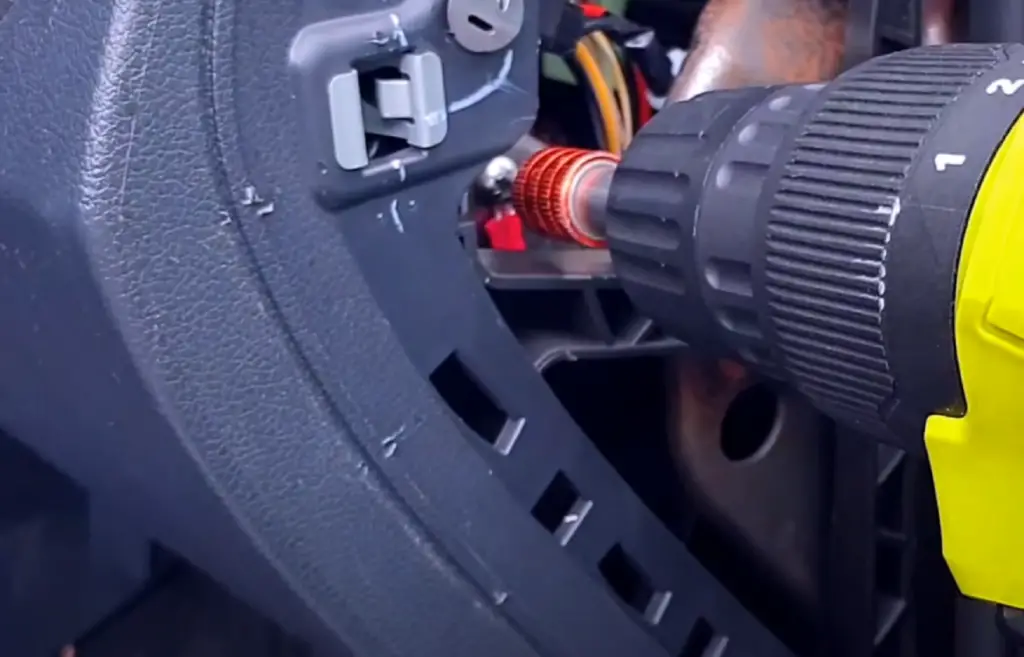
How LEDs Produce Light
They have grown in popularity because of their low energy consumption and long-lasting durability. LEDs can produce a variety of colors, from white to red, green, blue, and beyond. When connected to a power source such as a battery or fuse box, LEDs will emit a bright light. [1]
LEDs vs Light Bulbs & Neon Bulb Comparison
LED lights are becoming an increasingly common fixture in homes and businesses because of their ability to save energy, provide long-term reliability, and reduce maintenance costs. They offer improved safety features compared to traditional light bulbs and neon bulbs, making them the ideal choice for interior lighting. Here is a comparison of LEDs vs traditional light bulbs and neon bulbs:
- Energy Efficiency: LEDs are up to 90% more efficient than traditional light bulbs and 85% more efficient than neon bulbs. This means that you’ll be able to save money on your electricity bill when using LED lights as opposed to other types of lighting.
- Durability: LED lights are drastically more long-lasting than conventional light bulbs or neon lamps, outshining the competition in longevity. While it’s not advisable to leave any type of lighting on for extended periods of time, LEDs are designed to handle more hours of usage than other types of lighting. If you’re searching for a long-term solution to your lighting needs, LEDs offer remarkable longevity. On average, an LED will continue shining between 30,000 and 50,000 hours – that’s up to 20 times longer than traditional or neon bulbs!
- Safety: Compared to conventional light bulbs or neon tubes, LEDs generate significantly less heat. This makes them a safer option for interior lighting as they don’t emit nearly as much heat when turned on. In addition, LEDs don’t contain any harmful substances such as mercury, making them an environmentally friendly option.
- Cost: LED bulbs may be more expensive in the beginning, but they are worth it. Not only do they use less energy than traditional light bulbs and neon lamps, but their longevity will save you money down the road. As technology continues to improve, LED lights will become increasingly affordable.
- Brightness: LEDs produce a much brighter light than traditional light bulbs or neon bulbs. This is due to their higher efficiency and the fact that they don’t contain any filaments like traditional light bulbs do.
Overall, LED lights are the ideal choice for interior lighting due to their energy efficiency, long-term durability, safety benefits, cost savings and brightness. Installing LED lights in your home or business can provide you with improved lighting options while saving money on electricity bills in the long run. By following these steps on how to install interior LED lights to fuse box, you can ensure that your installation is done safely and efficiently. [2]
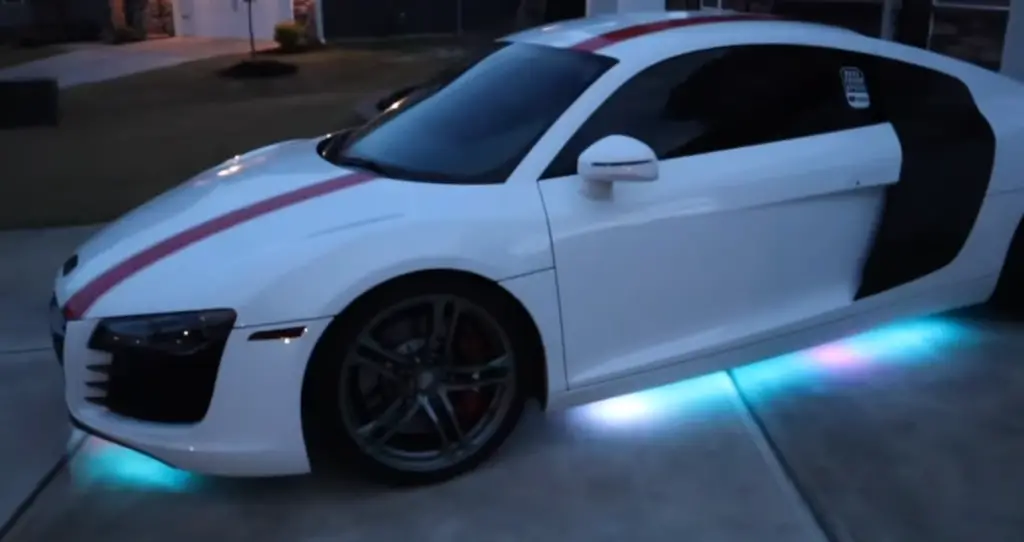
How Do Multicolor RGB LEDs Work?
RGB LEDs are composed of three individual LED chips, each emitting a distinct color (red, green and blue). By varying the voltage applied across these three colors simultaneously, different colors can be produced. Combining the red and green chips creates an orange hue; combining all three creates white light. The strength of each color determines how saturated or washed out the overall hue will be. For example, combining equal amounts of red, green and blue will produce a purely white light, while cranking up the intensity of one chip to its maximum level will create a brighter version of that specific color. With enough creativity and experimentation, you can use multicolor RGB LEDs to create stunning lighting effects in your home or business.
Some sockets are specially designed for RGB LEDs and feature pins that correspond to each of the three color channels. If you’re using a basic socket, you will need to connect each of the three wires separately. Connect the red wire to one fuse box terminal, the green wire to another, and the blue wire to the last one. Make sure all connections are secure before turning on your lights.
Now it’s time to enjoy your multicolor LED light show! Choose from a variety of pre-programmed lighting effects or create your own unique displays with some intuitive software packages available online. No matter what you decide, RGB LEDs are sure to spruce up any room and bring out its best features in style.
How Do LED Light Strips Work?
LED (light-emitting diode) light strips are a popular way to add ambient lighting to a room, as they come in a variety of shapes and sizes. LED light strips work by running an electrical current through tiny semiconductors called diodes on the strip. These diodes convert the electricity into light that is emitted from the strip. When connected to a power source like your car’s fuse box or an AC adapter, these lights can be used for a variety of purposes, such as accent lighting or mood lighting. The amount of power needed depends on the type of strip you purchase, as some require more voltage than others depending on their brightness and color range. [3]
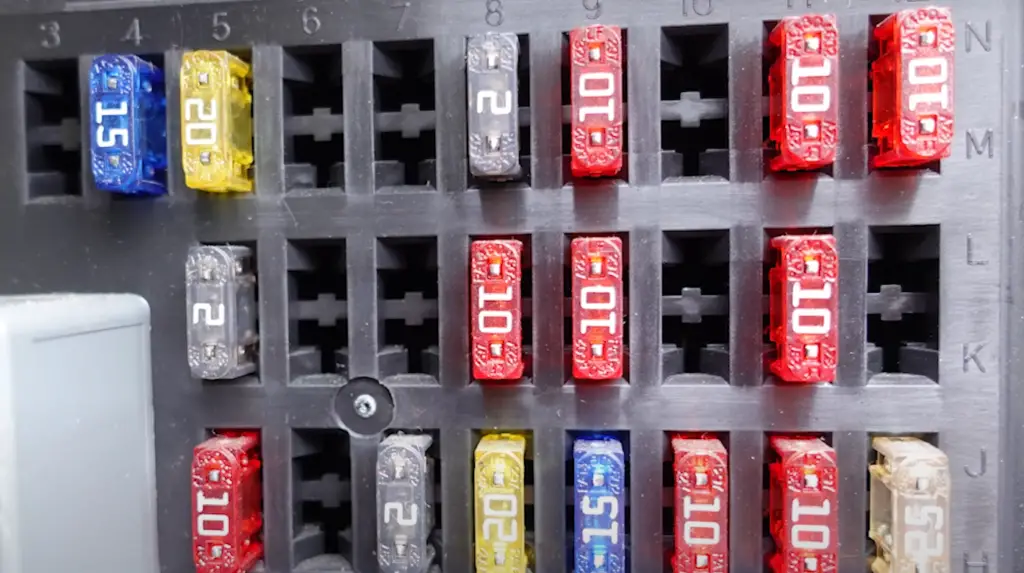
Choosing a Great LED Light Strip Set
Once you have identified where to install your interior LED light strips, it’s time to find the right set. Choose an LED light strip that is safe and easy to install and offers features like dimming or color changing capabilities. Make sure the light strips are rated for indoor use and can handle the voltage of your fuse box safely. When looking at different sets, consider its power source, as this will determine how much electricity needs to be sent through each circuit. This should match the amount of electricity that your fuse box can handle without any issues.
Consider how long of a light strip you need; most come in 16-foot sections that fit together easily but shorter lengths may be available if you only need a few feet. If customization is important to you, look for sets that come with separate light strips so you can place them in different locations and create your own design.
Finally, make sure the color of light matches what you desire; there are many colors from cool white to warm yellow available.
Supplies, Tools, and Your Shopping List
To install interior LED lights to a fuse box, you will need some basic supplies and tools. Be sure to have the following items available before starting:
- LED lamps for your desired purpose (e.g., general lighting, accent lighting, etc.).
- Electrical tape or wire connectors
- Voltage detector/tester
- Wire stripper/cutter
- Fuse boxes and fuses (depending on your situation)
- Screwdrivers (Philips head and flat head).
The tools are necessary in order to complete the installation properly. Once you’ve gathered all of the necessary supplies and tools, it’s time to get started! If at any point during installation you feel uncomfortable, it is important to call a professional electrician for assistance.
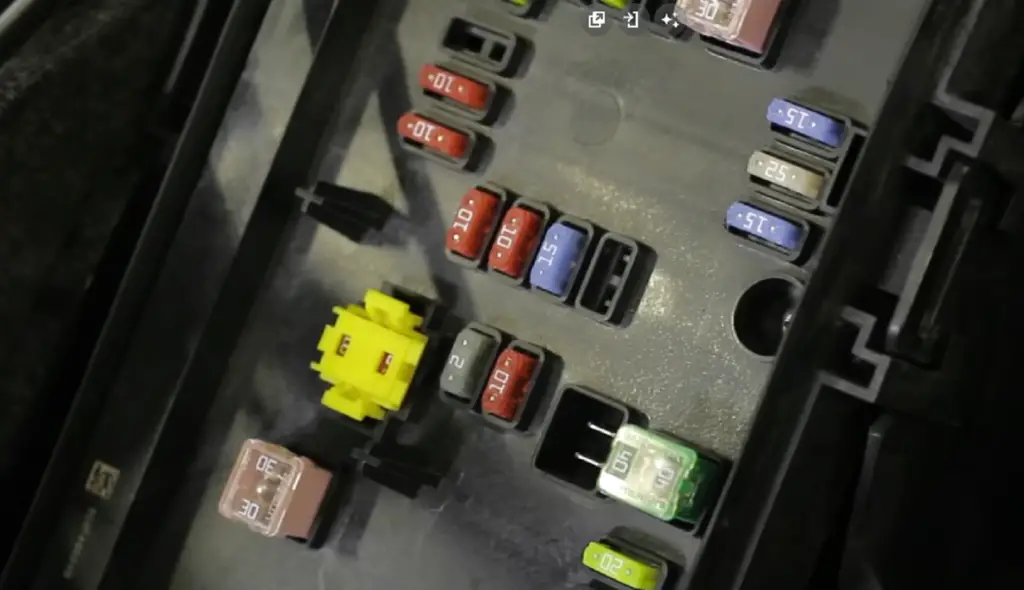
Installing LED Lighting in Your Car: Getting Started
Once you have all the supplies and tools on hand, it’s time to begin. Start by opening your car’s hood to gain access to the fuse box. Once you’ve located the fuse box, identify which type of automotive fuse or relay is being used in your particular car (consult your owner’s manual if necessary). Next, unplug and remove the old fuses from their respective slots.
Once all of the old fuses have been removed, it is time to install the new LED lights. Begin by attaching one end of each light to an appropriate power source, such as a switched ignition circuit or direct battery connection for optimal performance.
Finally, connect the other end of each light to a fuse slot in the proper location on the fuse box.
At this point, it’s essential to test for correct operation. Use a voltage detector/tester to ensure that all connections are secure and that your new LED lights are working properly. Once you’ve verified that everything is functioning correctly, replace the fuse box cover and close the hood of your car.
Congratulations – you have successfully installed interior LED lights! Enjoy your new lighting setup! [4]
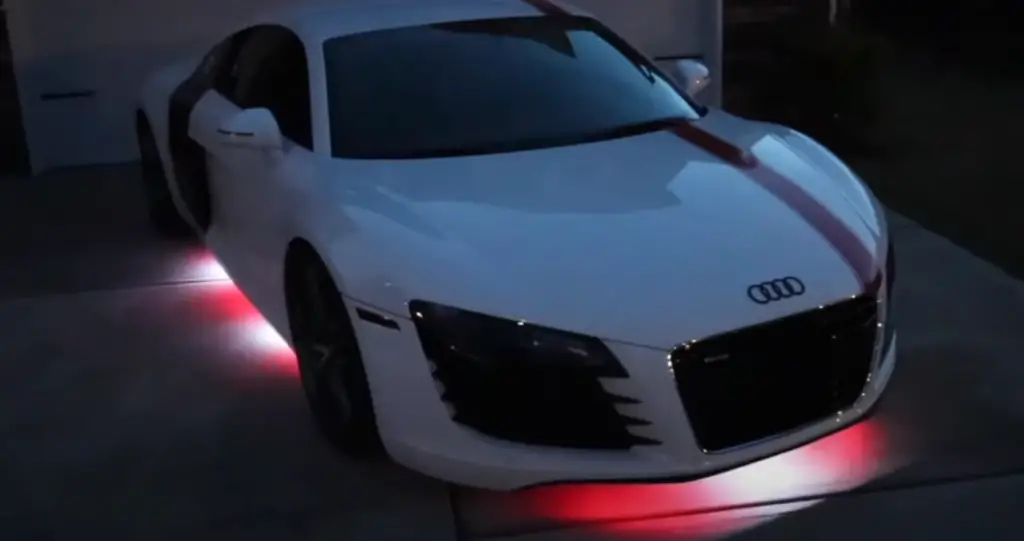
Benefits of LED Lights in Your Car Interior
Whether you’re looking to upgrade the appearance of your car or increase visibility, LED lights are an excellent choice for interior lighting. LED lights have a number of benefits over traditional bulbs, including:
- Long-lasting –LEDs last much longer than incandescent bulbs, so you won’t need to worry about replacing them as often.
- Durable – LEDs are made from sturdy material that can withstand vibration and shock better than most other types of light bulb.
- Low energy consumption – LEDs use up to 75 percent less energy than other types of lighting, helping reduce your carbon footprint and saving money on electricity bills.
- Bright illumination – LEDs emit a bright white light that is great for increasing visibility in dark areas.
- Versatile – LEDs come in a variety of shapes and sizes, making them easy to install in different areas of your car interior.
LED lights can be used for a variety of purposes, from providing task lighting for reading maps or studying documents to illuminating cup holders and door panels. They’re also ideal for installation in areas that are difficult to access with traditional bulbs. By installing LED lights, you will not only improve the look and feel of your car interior but also make it safer to drive at night or during hours with limited visibility. [5]

FAQ
Can you wire LED lights to a fuse box?
Yes, you can wire LED lights to a fuse box. However, if you are not familiar with electrical wiring and safety considerations, it is best to leave the task to a professional electrician. It is important to take precautions when working with electricity, as even a minor mistake can lead to serious consequences. Additionally, depending on the type of LED light being installed, extra components such as drivers and transformers may be needed for proper installation.
Do I need special tools for installing interior LED lights?
Yes. In addition to basic tools such as screwdrivers and wire strippers/cutters, some specific tools may be necessary for installing LED lighting fixtures in your home or business. For example, you may require an adjustable wrench or a multi-meter for measuring voltage and current. If you are unsure which tools you need, it is best to consult an electrician before starting the project.
Are there any safety precautions I should take when installing LED lights?
Yes. When working with electricity, it is important to take all necessary safety precautions. Make sure you read up on electrical wiring and safety considerations prior to starting the project, and ensure that all power sources are switched off before proceeding. Additionally, it is recommended to wear protective clothing such as goggles or gloves while handling electrical components.
What fuse to use for LED lights?
When installing LED lights to a vehicle’s fuse box, it is important to use the correct size and type of fuse. If the wrong fuse is used, it could lead to damage or failure of the light itself. The best practice for choosing a fuse for LED lights is to select one that has a current rating that matches or slightly exceeds the total current draw of all the LEDs in your installation. This will ensure that you have an adequate level of protection without overloading your circuit. It’s also good practice to opt for an automotive-style fuse, preferably one with color-coded ends so it can be easily identified later on during maintenance or troubleshooting. Automotive-style fuses often come with a variety of amps, so you should make sure to select one that is appropriate for your specific installation. If in doubt, consult the manufacturer’s instructions or an experienced electrician. Once you have selected your fuse, it should be inserted in the correct position in the vehicle’s fuse box and connected to both power and ground sources before being secured with wire caps and tape.
What happens if you wire a LED wrong?
If a LED is wired improperly, it can cause damage to the light and other components in the circuit. This is why it’s important to follow all safety protocols when wiring LEDs. Incorrect wiring can lead to shorts, overloading of circuits, electrical fires, or even electric shocks. Always make sure that your installation is up to code and follows the manufacturer’s instructions for connecting power and ground sources.
Do LEDs need AC or DC?
LEDs, or light-emitting diodes, can be powered by either an alternating current (AC) or a direct current (DC). AC is more common for household wiring and is provided through the primary power supply. DC is more common in smaller electronics such as calculators, phones and toys. An LED needs a specific voltage to operate correctly. If you’re using AC, you need to use a transformer to lower the voltage so it’s compatible with your LEDs. For DC, you should make sure that your LEDs are rated for the voltage of your battery source. Most cars run on 12V DC and will require 12V LEDs. If the voltage isn’t compatible, however, it can damage your bulbs and other components.
Can LED lights run on 240v?
Yes, LED lights can run on 240v. All of the internal lighting components in an LED light are made to operate at normal household voltages (120/240 volts). The main advantage to running your LED lights on a higher voltage is that it increases efficiency and reduces energy consumption. When operating at 240v, LED lights produce brighter illumination with fewer watts than they would if they were powered by 120 volts. Although LEDs do not require any extra safety precautions when operating at higher voltages, you should always exercise caution when dealing with high-voltage electricity. Make sure to use proper fire-resistant wiring and follow all local building codes and regulations before installing or altering your electrical system.
How do LED lights get power?
LED lights get power through a transformer, which converts the standard household voltage of 120-240 volts to 12 volts. The transformer is connected to the fuse box with wires and plugs into an outlet. Depending on the type of LED light you are installing, you may need additional wiring or switches to control the lights. Once everything is set up properly, all that is left to do is turn on the power switch and enjoy your new lighting system!
What is the voltage limit for LED lights?
LED lights should be powered with a voltage of 12 volts or less in order to function properly. If you are installing LED lights that require more than 12 volts, be sure to use a transformer or voltage converter. Additionally, it’s important to consider the power rating of the LEDs and match it to the fuse size in your circuit box; larger wattage LEDs will require higher-specification fuses for safety purposes. Also, never exceed the maximum wattage allowed by your particular fuse box; this could lead to an electrical fire. Always consult with an electrician if you’re not sure about how much current is being drawn from the circuit box. Finally, when connecting multiple LED fixtures together make sure that each fixture is rated for the same voltage and wattage. This will ensure that the LED lights are not being overworked by too much current.
Useful Video: How To Install LED Underglow The Right Way!!
Conclusion
Installing interior LED lights in your car is a great way to spruce up the look of your vehicle and to add some extra light for tasks that may require it. By attaching the lights directly to the fuse box, you can ensure a clean installation and efficient power distribution. After selecting the right type of lighting, wiring components, and fuses, all that’s left is to complete the physical installation process using screws and connectors. Make sure all connections are properly secured before turning on your LED interior lights! If you have any doubts or questions regarding this process, consult with an automotive professional for additional help. With just a few simple steps, you can enjoy the bright illumination from interior LED lighting in no time!
Happy driving!
References
- https://www.oznium.com/blog/how-do-i-power-my-leds-from-the-fuse-box/
- https://www.wikihow.com/Install-LED-Lights-in-Your-Vehicle%27s-Interior
- https://www.hondacivicforum.com/forum/audio-visual-electronics-10/installing-led-lights-interior-via-tapping-fuse-88022/
- https://ledstriplightsidea.com/how-to-install-interior-led-lights-to-fuse-box/
- https://soundcertified.com/how-to-install-led-light-strips-car/





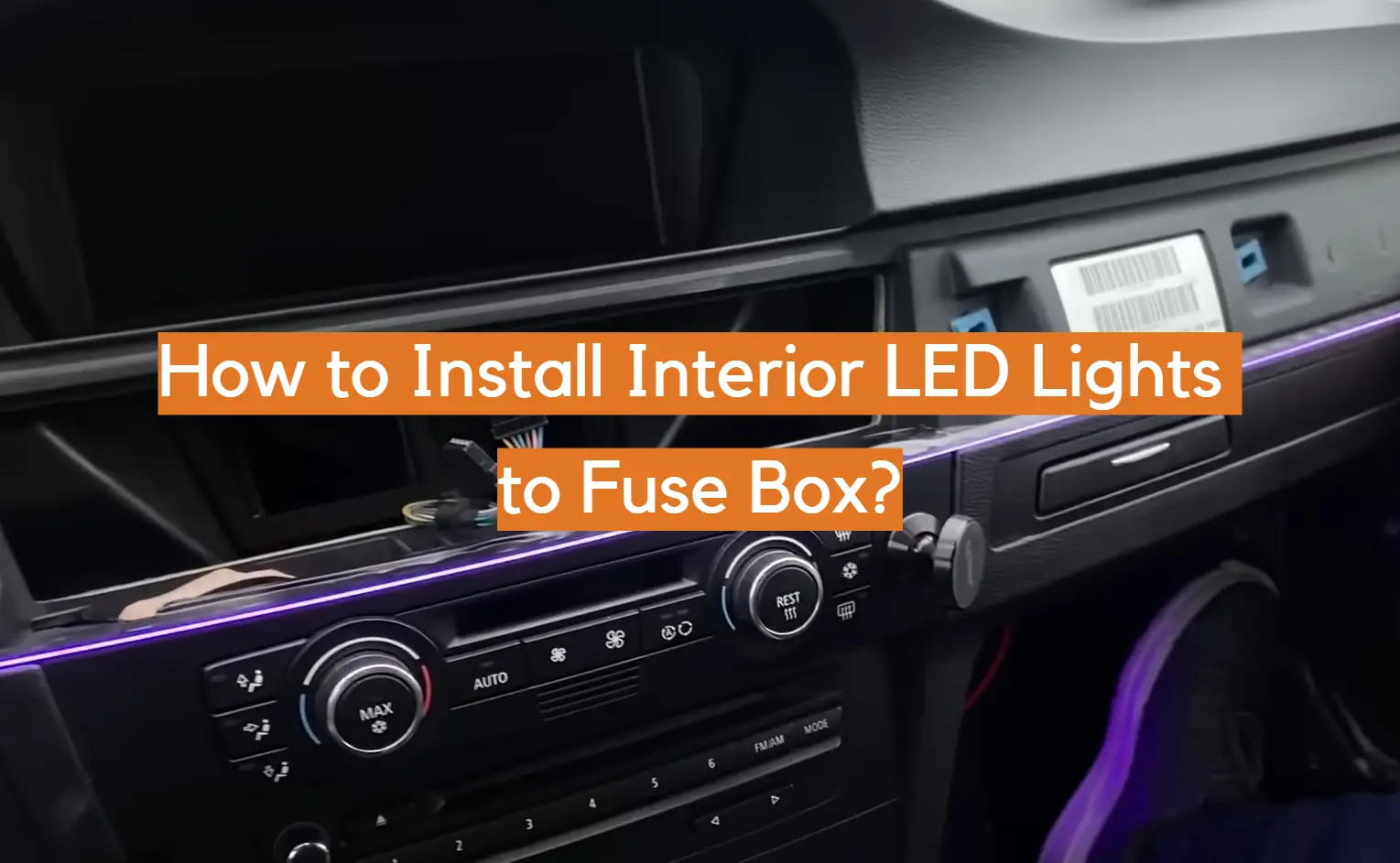







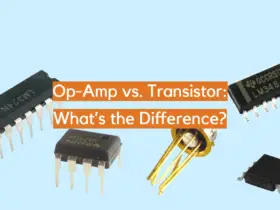
Leave a Reply